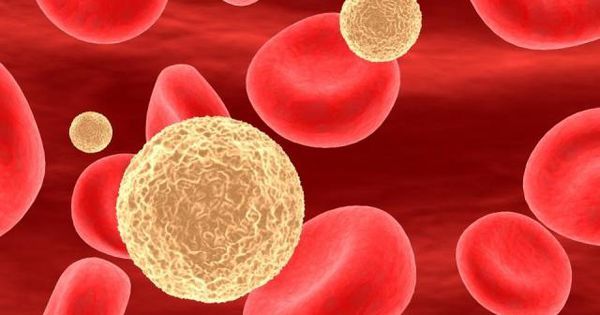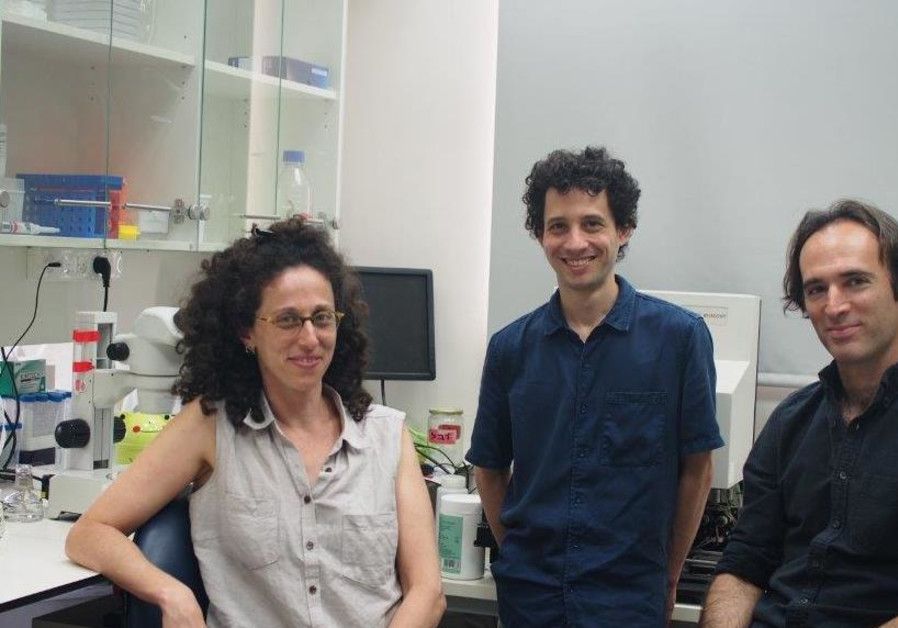A worldwide team of senior scientists and clinicians have come together to produce an editorial which indicates that certain microbes — a specific virus and two specific types of bacteria — are major.
Research published today in Nature Medicine by scientists at the National Cancer Institute (NCI) has described a new immunotherapy approach, which led to a complete disappearance of tumors in a woman with advanced metastatic breast cancer who only had months to live.
The findings show how naturally-occurring tumor infiltrating lymphocytes (TILs) were extracted from the patient’s tumor, grown outside of her body to boost their numbers and injected back into the patient to tackle the cancer. The patient had previously received several treatments including hormone therapies and chemotherapy, but nothing had stopped the cancer progressing. After the treatment, all of the patient’s tumors disappeared and 22 months later, she is still in remission.
Researchers are particularly enthusiastic about the potential of TILs to treat a group of cancers termed ‘common epithelial cancers’, which include those of the colon, rectum, pancreas, breast and lung, together accounting for 90% of all deaths due to cancer in the U.S, around 540,000 people annually, most of these from metastatic disease.
Imagine buzzing the skin over an internal wound with an electrical device and having it heal over just a few days – that’s the promise of new nanochip technology that can reprogram cells to replace tissue or even whole organs.
It’s called Tissue Nanotransfection (TNT), and while it’s only been tested on mice and pigs so far, the early signs are encouraging for this new body repair tool — and it sounds like a device straight out of science-fiction.
The prototype device, developed by a team at Ohio State University, sits on the skin and uses an intense electrical field to deliver specific genes to the tissue underneath it. Those genes create new types of cells that can be used nearby or elsewhere in the body.
The gut microbiome appears to be increasingly responsible for at least some of the decline of the immune system during aging, and a new mouse study shows that it is reversible.
The gut microbiome
The microbiome describes a varied community of bacteria, archaea, eukarya, and viruses that inhabit our guts. The four bacterial phyla of Firmicutes, Bacteroidetes, Proteobacteria, and Actinobacteria comprise 98% of the intestinal microbiome.
Objective reality is merely a pattern that a mind constructs because it provides a useful simplified explanatory scaffolding of the long series of subjectively perceived moments stored in its memory. Think about it when the next time you come across these overloaded terms ‘objective reality’ and ‘objectivity’ – to be precise, they mean ‘intersubjectivity’ instead: Termites would never comprehend chess, for example, this human abstraction lies beyond their species-specific intersubjective mind-network. Apart from inter-species levels of abstractions we should consider psychological, cultural and linguistic differences between individuals of the same species that makes objectivity simply non-existent. We can still use ‘objective reality’, ‘objectivity’ or ‘objectively’ colloquially but we should bear in mind that in a deeper sense these terms are no more than colorful misnomers. https://www.ecstadelic.net/top-stories/what-we-call-objectiv…ally-exist #ObjectivityMyth
We can’t help but anthropomorphize the notion of objective reality. As I make my case in the new 2019 book, The Syntellect Hypothesis: Five Paradigms of the Mind’s Evolution , objective reality does not exist, what exists instead is subjectivity, intersubjectivity (or “consensus” reality) and supersubjectivity (overmind, The Omega Hypermind in the book). This extraordinary claim apparently demands an explanation, so let’s get to it.









